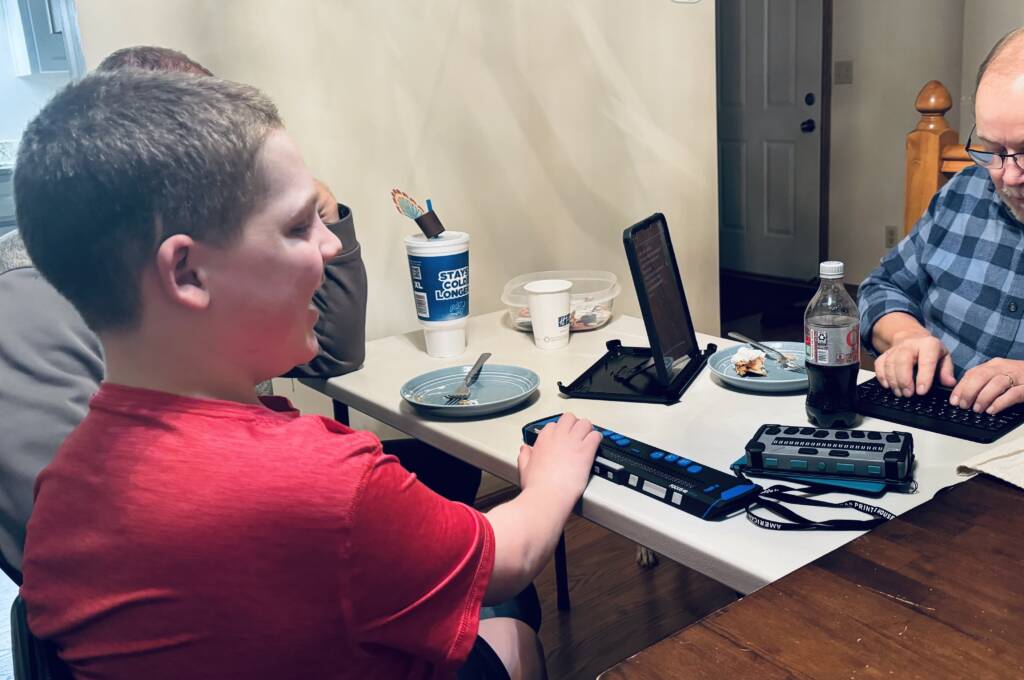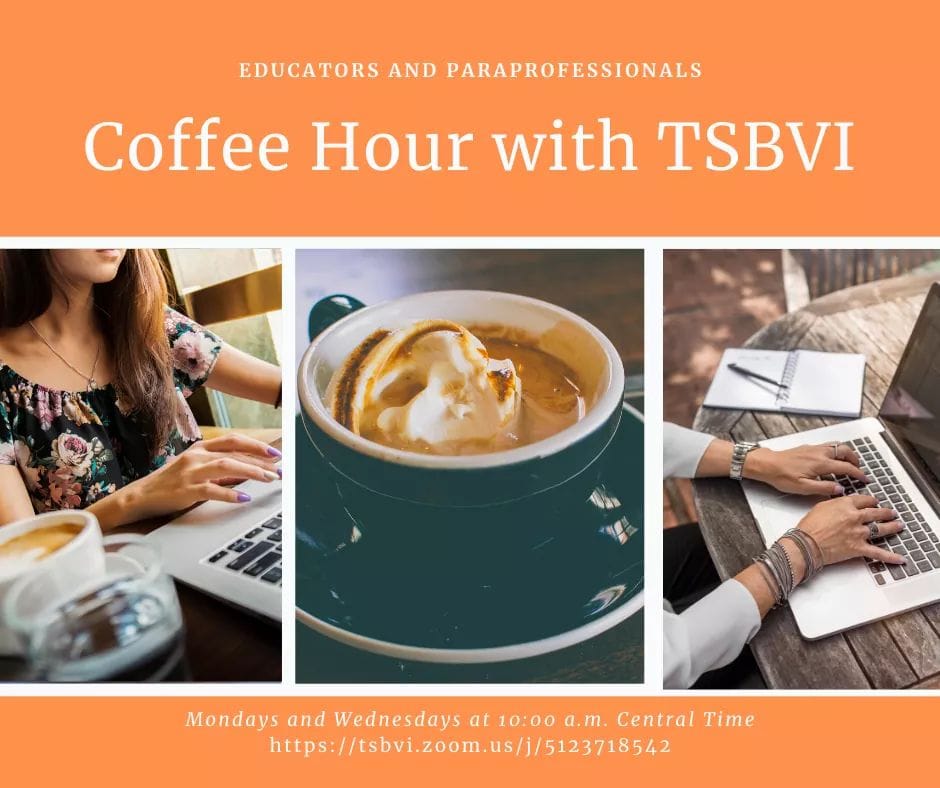The Experience Programming in Quorum (EPIQ) workshop took place from July 8-12th at the Washington State School for the Blind. I was able to attend this event along with around 50 others, including many TVIs from all over the country.
Quorum is a coding language that is accessible with screen readers, making it a wonderful option for students with visual impairments. The workshop took us through the basics of the coding language and how to use the software effectively to engage our students.

With the growing importance of computer science in educational programming throughout the United States, Quorum is growing as a comprehensive coding language that can be used for all students. More information about Quorum, including lessons and how-to-guides can be found at the website. www.quorumlanguage.com.
One of the ways in which coding, in general, regardless of the coding language, is initially exposed to students is through block based coding. This can be challenging for students with visual impairments due to the inherent visual components and the drag and drop features that are used. Quorum has developed block based coding that is accessible with a screen reader and at the workshop, we were able to view tactile coding blocks that were created by Savaas Iqbal, Richard He, Ian Matty, and the Mountain Lakes Public Library at the Mountain Lakes Public Library Makerspace in New Jersey. These tactile blocks were created with a 3D printer and are wonderful tools to teach block based coding on Quorum for braille reading students, or any student who would benefit from the tactile connecting features. Ian Matty can be contacted at Ian.Matty@mtnlakes.mainlib.org if you would like to learn more about how to create your own tactile blocks for Quorum using a 3D printer.
Here are the tactile blocks that were created with a 3D printer that represent the commands in the quorum language.

Here are the tactile blocks pieced together as lines of code would be created.

One of the many options for coding is to be able to write code to create commands for robotics. We were able to work on this task with Finch Robots from Birdbrain Technologies. Many participants in the workshop were able to write code in Quorum to allow the robots to move in shapes, patterns, create music and display messages on the screen. A marker can be inserted into the robot, which potentially could be used to create raised line drawings for students to explore the result of their coding tactually.
The image below is of my Finch Robot with a marker inserted in it drawing a line that I had coded.

Overall, it was a great experience and opportunity to interact and engage with other TVIs and learn more about an accessible coding language with infinite possibilities for our students!
Read more: Webinar on 3D Printing of Accessible Materials in Schools




